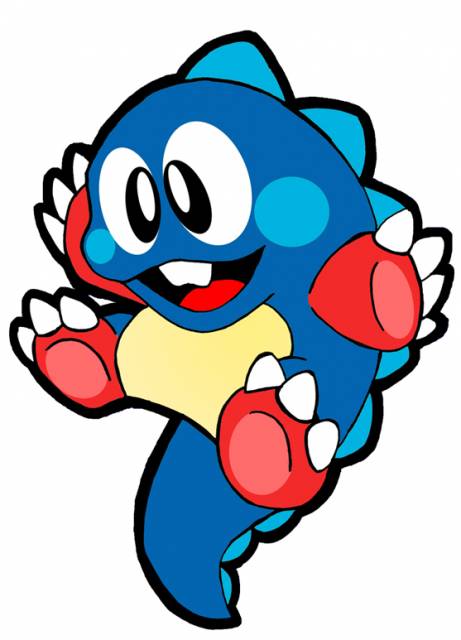Today in the @stophackandroll discord, @PartyOfOnePod was wondering if his current project was a Belonging Outside Belonging. Then the question "What makes a game Belonging Outside Belonging?" So here& #39;s my #10top of things that make a game part of that genre.
The first Belonging Outside Belonging (BOB for short) games I know of are Dream Askew by @lackingceremony and Dream Apart by @ben_rosenbaum, published in 1 book. The book has a chapter on making your own games in this style & there has been a quite a few made by indie developers.
Caveat: This is my opinion of the genre and my favorite things about the genre or the things that stand out to me. You might have other opinions about what matters. Please share them!
1. Followed the model. If you followed the road map in the Designing New Games chapter in the Dream Askew/Dream Apart book, you probably made a BOB game. Seems obvious, but it& #39;s a really good chapter that breaks down what the authors intended. Also saying a BOB game seems silly.
That feels like a cop out. So let& #39;s get more specific.
2. Idle Dreaming. The first games were described as dreams. Idle Dreaming is a play style both have in common. It is covered in the Follow Your Curiosity chapter of the Playing The Dream section. It is the default play state of the game and is different from being in character.
In Idle Dreaming, you talk, ask & answer questions, follow curiosity, muse about the settings and characters, make up details, & contribute to the shared vision of the setting. Eventually combining these will result in a moment you feel should be a scene.
At that point, you leave Idle Dreaming, play the scene, & afterwards if you& #39;re not sure what to do next, you return to Idle Dreaming. No need to jump to a next scene. Just brainstorm & talk about the setting & wait for the next scene to occur organically.
It avoids many of the problems when you just flow from scene to scene, allowing you to jump around in time and skip over uninteresting scenes. Also it serves an accessibility function.
As @jaceaddax has said, it& #39;s very helpful for players who have difficulty maintaining attention (such as anxiety or ADHD) or encouraging participation from people who have difficulty maintaining character for an extended period of time (such as social anxiety or fatigue).
Also it allows a break from being in character that allows easier access of safety tools since you get a breather from embodying your character. It& #39;s great, I love it, it& #39;s my favorite. I want it in all games. Also I wrote too much. Let& #39;s move on.
3. Focus on a marginalized group finding community. Who is finding belonging in this small group while outside of belonging in the mainstream society? Examples have included post apocalyptic queers, historical Jewish settlements, exiled trans angels, and teenagers.
The small community enables many of the other common traits of BOB games. If you find that connection, that subgroup or gathering, you will find a powerful narrative engine and an important story to tell. Also I still can& #39;t say BOB games without laughing. I& #39;m sorry.
4. GMless. Though the games benefit from a facilitator who knows the game well, shared narrative control without a single vision creates personal, powerful emergent stories that conclude organically. One of the tag lines is "No Dice, No Masters" & that resonated with people.
5. Setting Elements. Several important dynamic playsheets full of flavor, threat, benefit, & character that the characters relate to. The players customize these at the start of play to create a unique game.
Players trade these off & make moves using them to create the push & pull of outside elements causing events, luring the characters, & creating consequences and emotional tones. They are tailor made for each game & are an important guide to the world of the game.
6. Moves. Each character has strong moves that cost a token & weak moves which earn a token. Failure & weak planning gives lets you become your best self later, creating an important question for every action. There& #39;s always a reason to fail, there& #39;s always a cost to succeed.
It also makes it easy to negotiate outcomes since if two people are in competition, it& #39;s easy to say as a player "Ok, I lose here, I can take the token for later." This creates a gentler, kinder play space at the table. That tone is also an important part of this.
7. Social Connections. Though play can get intense, the characters are often tied by social or emotional bonds. Maybe they& #39;re not friends but there is a reason to connect to & support each other. Many of these games are about found family or friend groups.
These also involve a generous style of play where you help set up other players and characters to do interesting things, even if the characters in fiction are in competition or are enemies. This gentleness even in high drama is an important tone, at least for me.
8. Lures. Combining the last two points mechanically, Lures give you tokens by giving other characters a chance to do their thing. My favorite is the Intense character from @therisingtithes& #39;s Evoker& #39;s Pact. If you give them a chance to fix a mess you made, you get a token.
It& #39;s a great way to both reward yourself & let other characters shine. It creates group cohesion organically, without a party. Tactically it stacks well since you can make a mess with a weak move & lure someone else to fix it getting bonus tokens! That& #39;s playing with power!
9. Details. Every character role, setting element, even the map making sheet where you draw the community have details for you to choose. This creates a customizable but incredibly specific world that both responds to player interest but guides that interest as well.
While you can& #39;t have giant robots in Dream Askew, the group decides if tradition & scripture gives meaning to everything, enforces obedience, creates schisms & disputes, gives knowledge, or more. Each part of the game is customizable. What food? What drink? Why?
Why does the Iris consider a weapon a part of their wardrobe? Why is the Arrival covered in bloodstains? What does it mean that society offers renewed hope instead of technological solutions? Why is the Klezmer officiating weddings (I love this one)?
10. Community Worksheet. In addition to setting elements & your own individual character, you make a map. You put things on it. There are people on that map, other characters you relate to or fear. There are supplies, threats, favorite hangouts. This is your home base, your world
Maybe it& #39;s a town like Dream Apart, an enclave like Dream Askew, or a road map like in Exodus. My own A Dream of Vampires has a Vampire nightclub. So many different games, so many ideas. This is one of the biggest design questions in BOB games. Where are you? (BOB!)
The thing about these is they aren& #39;t rules. Even the design chapter explicitly talks about changing these & exploring just what a BOB game is. Did you put dice back? Add a GM? Make a GMish character role? Is it still BOB? Who is BOB? That& #39;s a dialogue, not a finished discussion.
So those are my 10 top things about Belonging Outside Belong games for me, what I& #39;m looking for & what I usually find. I& #39;m sorry I couldn& #39;t take BOB seriously. My silly side keeps defeating my reasonable side.
How do these inform your own Belonging Outside Belonging games? What other elements make up Belonging Outside Belonging in your view? Hey @PartyOfOnePod, did you make a BOB? Let& #39;s explore.

 Read on Twitter
Read on Twitter





